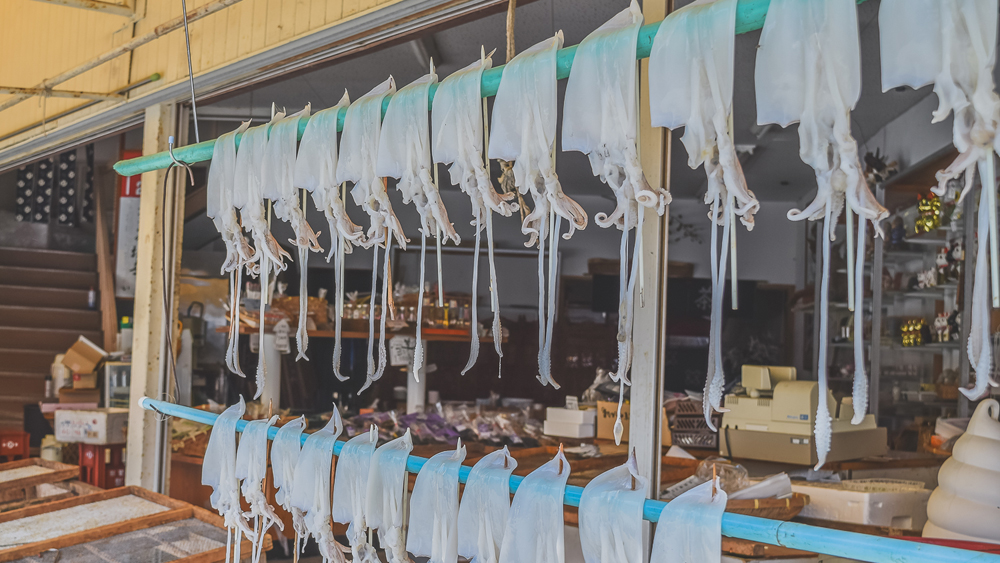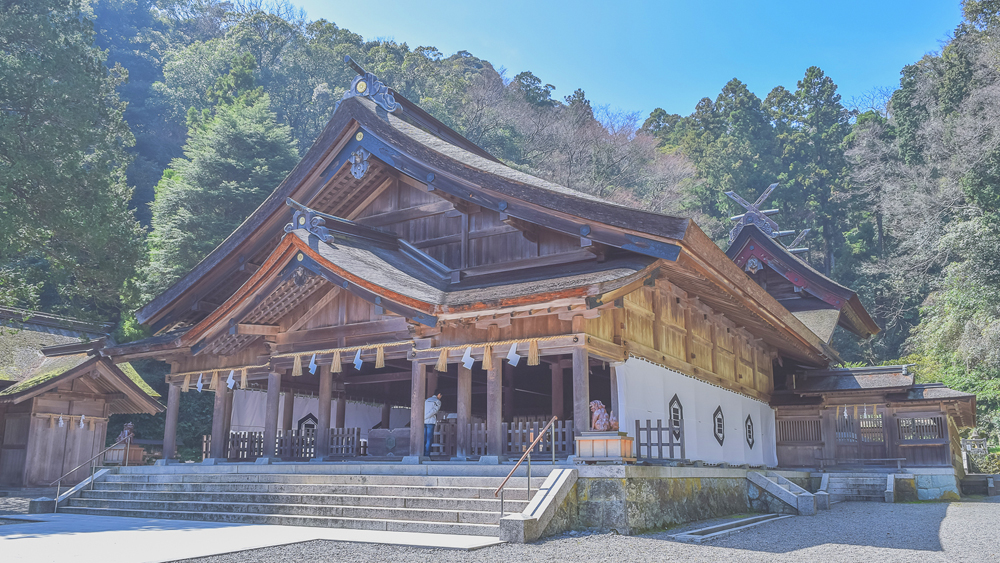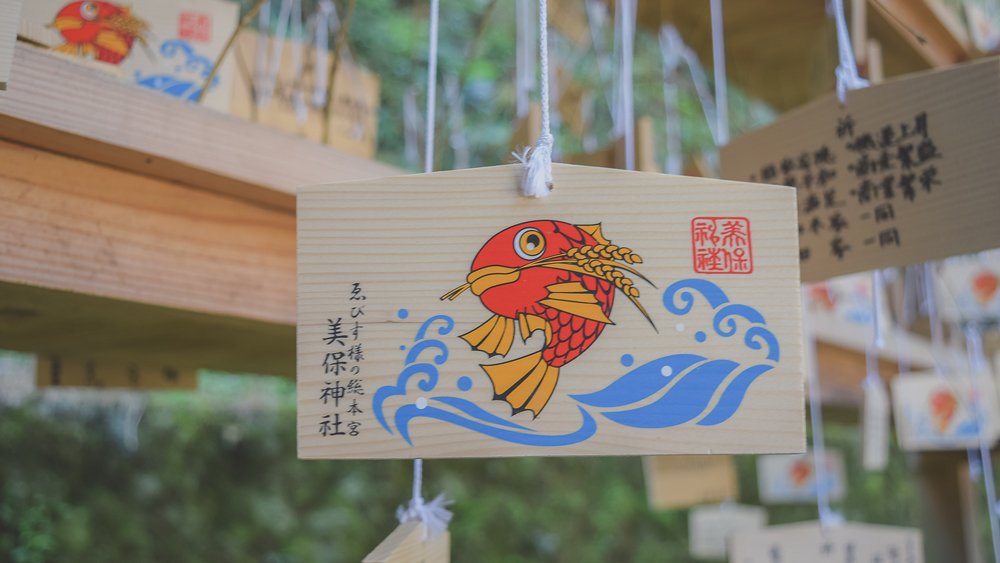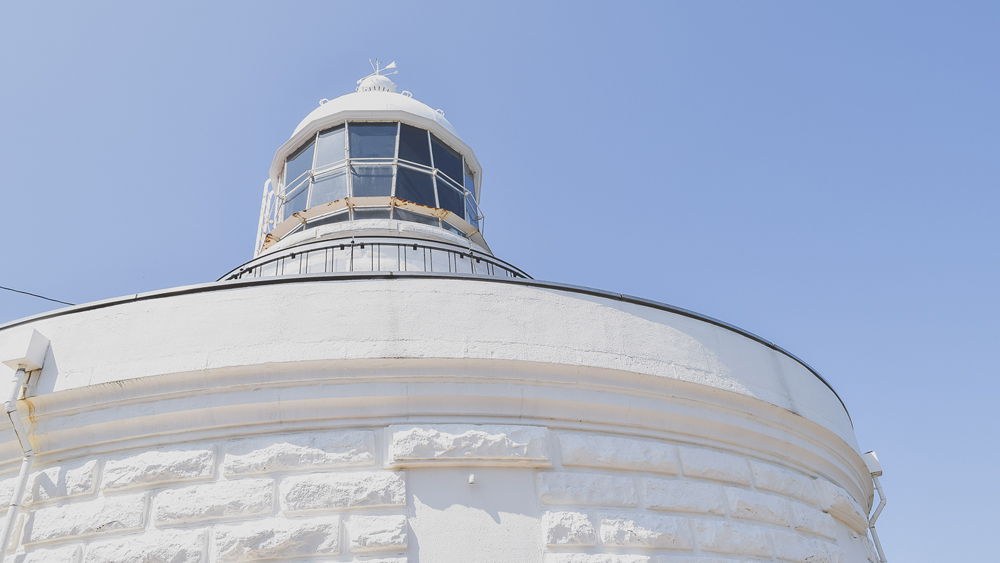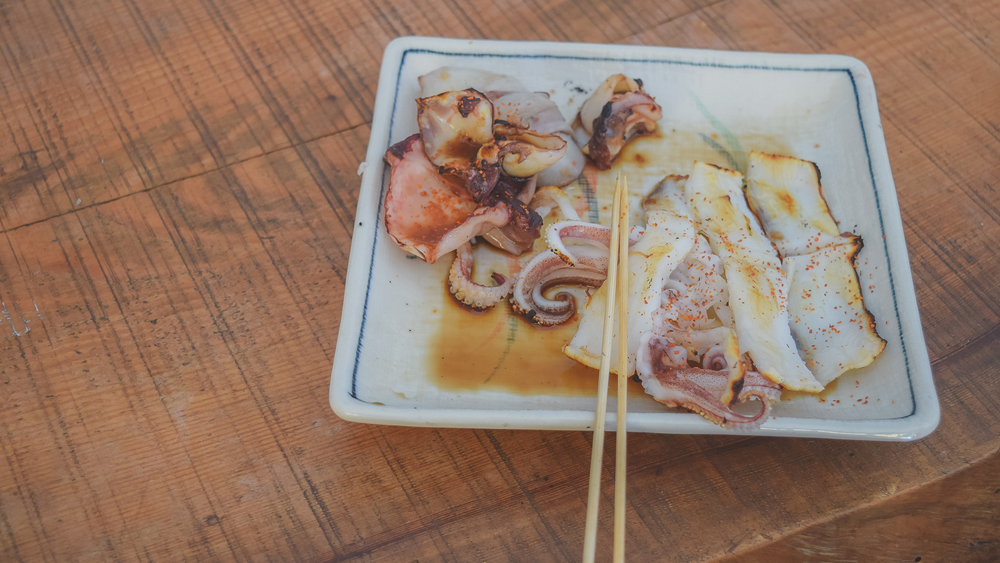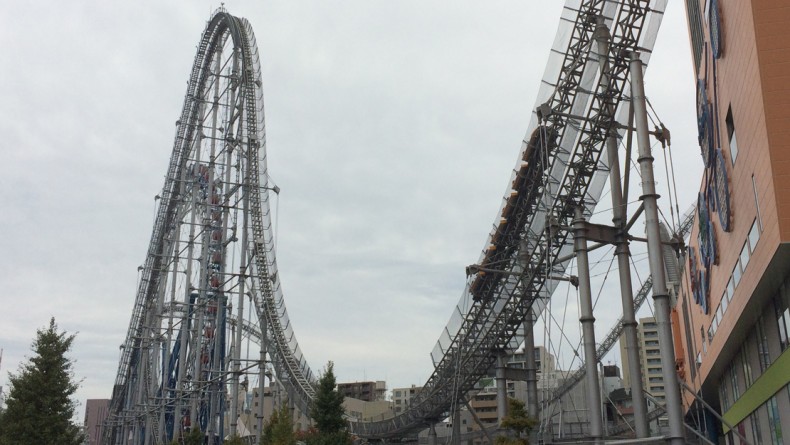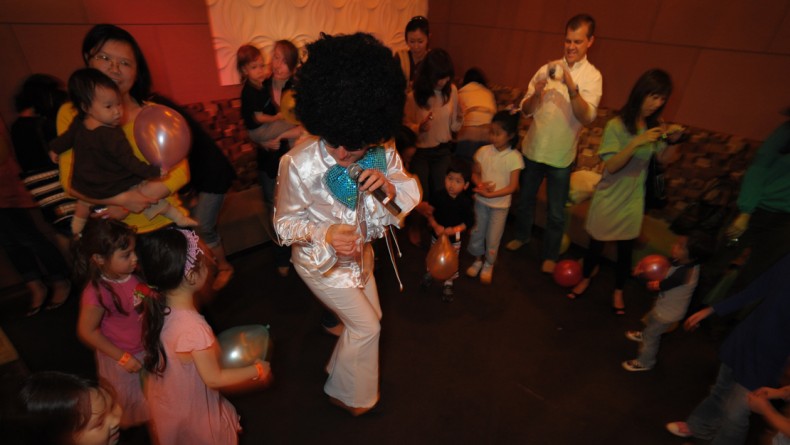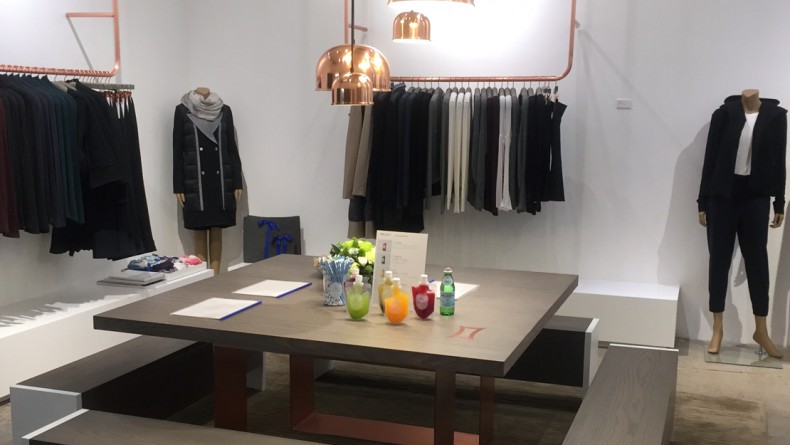Immerse Yourself in Real Japan at Mihonoseki
According to Hideki Yukawa, Japan’s first Nobel laureate, Mihonoseki is one of the few places in the island nation where you can find “the roots of the Japanese soul.” Although small and off the beaten track, this fishing town certainly packs a punch when it comes to traditional Japanese history, mythology and culture.
Mihonoseki is located at the eastern tip of the Shimane peninsula and forms part of Matsue, Shimane’s capital city. It can also be easily accessed by crossing the Sakai Suido Ohashi Bridge from Sakaiminato in Tottori Prefecture.
A Bit of History
Mihonoseki was an important trading point during the Edo period when iron, cotton and rice were shipped between Japan and the Korean peninsula. Irish-Japanese writer Lafcadio Hearn, also known as Yakumo Koizumi, offered his first impressions of the port town during the late 19th century in his book, Glimpses of Unfamiliar Japan:
“But at night Mihonoseki is one of the noisiest and merriest little havens of Western Japan. From one horn of its crescent to the other the fires of the shokudai, which are the tall light of banquets, mirror themselves in the water; and the whole air palpitates with sounds of revelry. Everywhere one hears the booming of the tsudzumi, the little hand-drums of the geisha, and sweet plaintive chants of girls, and tinkling of shamisen, and the measured clapping of hands in the dance, and the wild cries and laughter of the players at ken. And all these are but echoes of the diversions of sailors. Verily, the nature of sailors differs but little the world over. Every good ship which visits Mihonoseki leaves there, so I am assured, from three hundred to five hundred yen for sake and for dancing-girls.”
Today, Mihonoseki is very different. Firstly, there are few crowds here, unlike in other parts of Japan. The town is very laid back, representing an authentic bit of Japan few tourists ever get to see. Instead of dancing girls, you are more likely to see fishermen pulling heavy nets from the water. Fishing boats rock gently in the picturesque, green-watered harbor. Seagulls dip and curve above the bay and seaweed waves to and fro in the clear depths.
There’s also a signature smell around the harbor because of food stalls selling freshly caught squid. An abundance of these creatures hang on lines like limp clothes drying in the sunshine. In fact, Mihonoseki is the perfect place to try dried or grilled squid splashed with soy sauce.
Miho Shrine
Not far from Mihonoseki harbor is a stone torii (gate) leading to Miho jinja (shrine). Surrounded by the dense forest of Shimane peninsula, Miho Shrine is the head shrine of thousands scattered across Japan dedicated to Kotoshirunushi or Ebisu, the god of fishing, economic prosperity and music.
Miho Shrine, which was recognized as a National Important Cultural Property by the government of Japan in 1981, is also unique. Usually, each Japanese shrine has one honden, the main prayer hall where the deity is enshrined. Miho Shrine, however, has two honden. One of the honden is dedicated to Mihotsuhime, the goddess of harvest. Miho Shrine is also different from other Shinto shrines in another way. Here, the ema, or wooden prayer plaques, don’t hang from looped twine but from miniature fishing rods. Also, each ema shows tai, or sea bream, with a rice stalk in its mouth, honoring both Ebisu and Mihotsuhime.
Miho Shrine is connected to Bukkokuji, a Buddhist temple, via the Aoshidatami Street. This street is paved with special blue stones from the sea. Along the street, there are traditional ryokan and liquor stores which entertained sailors, writers, musicians and other performers in the past. While strolling down this street, you may feel as though you’re on a movie set depicting the Edo period. Along this street, you will also find Taikoya Shoyu, a shop that has been selling famous soy sauce for centuries. Here, you can even try soy sauce flavored ice cream.
The Home of Shinto Mythology
Mihonoseki, like many other parts of Japan, has its own unique brand of rituals and festivals. The two most famous rituals are based on stories in the Kojiki, the oldest existing record of Japanese mythology. For the Morotabune ritual, every year on December 3rd, two traditional canoes race to the sea and back from Mihonoseki harbor. The boats also face each other and participants use wooden paddles to splash cold sea water on one other. This water fight re-enacts Ebisu’s surrender of his land in Izumo to the other gods. Also, on April 7, the town celebrates the Aofushigaki ritual which dramatizes Ebisu’s decision to leave the world and hide in the sea.
Azalea Heaven
Close to the harbor is a park called Gohonmatsu. Although the sign is easy to miss from the main road, just before you get to the harbor entrance, a trail leads to the park up a small hill. Legend states that there were five special pine trees at this spot. Although the pine trees may be hard to find today, the park is a delight to visit during spring when the hillside is covered with beautiful azaleas. The view of the harbor from the top is also simply perfect. You can also walk to Mihonoseki Lighthouse along a nature trail cut into the hillside from Gohonmatsu Park.
Cape Jizo and Mihonoseki Lighthouse
According to the Kojiki, Ebisu regularly went to Mihonoseki to fish and catch birds. Further away from the port, the land rises and the road gently curves around the bay until it reaches Cape Jizo. Today, fishermen still catch fish here from rocks completely surrounded by the Sea of Japan. The only way to get to these rocks is by boat.
Cape Jizo is also home to Mihonoseki Lighthouse, the oldest stone lighthouse in the San’in region. The building was built in 1898 by a French architect and is listed as one of the top 100 historical lighthouses in the world. On a clear day, you can see Mount Daisen and the Oki islands from the observation deck here. From this point, you may also be able to spot dolphins slicing the ocean below.
The Deets
Getting there: The quickest way to Mihonoseki from Tokyo is by air. ANA flies from Haneda to Yonago Kitaro airport (75 minutes).
Getting around: From the airport, you can get a taxi directly to Mihonoseki. On the other hand, if you’re staying in Matsue, you can take the Ichibata bus from Matsue station (40 minutes). If you’re in Sakaiminato, the bus to Mihonoseki takes 15 minutes. However, it’s highly recommended to rent a car to drive along Mihonoseki’s scenic coastal road. Mihonoseki is 25 minutes’ drive from the airport, 20 minutes’ drive from Sakaiminato and 40 minutes’ drive from Matsue. Parking is available at Mihonoseki Harbor and near Mihonoseki Lighthouse.
More info: For additional information on Mihonoseki and its surrounding area, check the Visit Matsue website.
Photos by Jesse Ramnanansingh.

